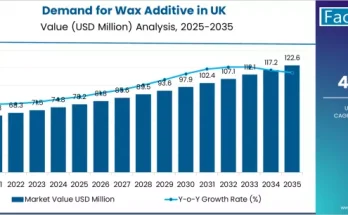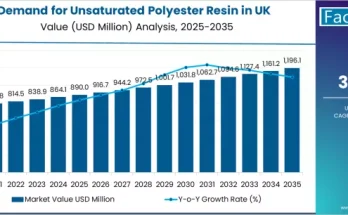Lignin is the principal byproduct from lignocellosic bio-refineries and a valuable renewable resource for the chemical industry. Lignin, a component of plants, has great potential in terms of conversion into value-added products that can significantly improve the economics of a bio-refinery. Increasing lignin demand, as an organic additive, is expected to drive the expansion of the global lignin market size over the forecast period of 2020 to 2030. Extensive rounds of primary and a comprehensive secondary research have been leveraged by the analysts at Fact.MR to arrive at various estimations and projections for Sales & Demand of Lignin, its market share, production footprint, current launches, agreements, ongoing R&D projects, and market strategies.
Click Here To get a Sample Report (Including Full TOC, Table & Figures):-https://www.factmr.com/connectus/sample?flag=S&rep_id=4660
Key Segments of Lignin Market
Fact.MR’s study on the lignin market offers information divided into two-three segments – product type, application, and region. This report offers comprehensive data and information about important market dynamics and growth parameters associated with these categories in the landscape.
| Product Type |
|
| Application |
|
| Region |
|
Lignin Market: Competitive Landscape
The global lignin market is highly fragmented in nature, with the presence of a large number of local players. Some of the prominent players in the market are Borregaard LignoTech, Changzhou Shanfeng Chemical Industry Co., Ltd, Domsjö Fabriker AB, and Domtar Corporation, among others.
Key players are trying to reinforce their position in the market by providing cost-effective solutions. Recent years have witnessed a shift of stakeholders towards vertical integration, which helps maintain continuous raw material supply. Increasing value chain integration from lignin manufacturers has been posing entry barriers to new entrants. For instance, in June 2018, Borregaard and Rayonier started a joint-venture company – Lignotech Florida.
Key Takeaways from Lignin Market Study
- By application, animal feed binders are foreseen to grow 1.4X than concrete admixtures in 2020. On the other hand, dye stuff will account for 6% of the overall market share in 2020.
- By product, lignosulfonate is anticipated to grow, but lose 100 BPS over the course of the forecast duration.
- The lignin market in East Asia is expected to grow by experiencing a value CAGR of more than 5% through 2030, whereas, the European market is projected to be valued 2.2X than North America, and is estimated to account for a major chunk of the demand pie by the end of the forecast period.
- The global lignin market is projected to cross a valuation of US$ 1.6 Bn by the year 2030.
“The COVID-19 pandemic has hit market players and will have short-term implications on the landscape. However, the trend of replacing non-renewable petroleum products with bio-based polymers has shifted consumer priority towards the consumption of lignin. This will create an opportunity for bio-based lignin in various untapped applications,”says a Fact.MR analyst.



